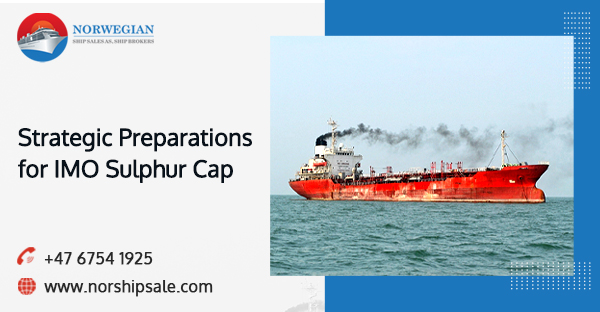Do you know harmful emissions from the shipping industry claim 400,00 premature deaths every year (transportenvironment.org)? Of all harmful gases, Sulphur dioxide is one of the most dangerous as it creates serious health impacts. Thus, to cut its harmful emission, in 2016, the IMO announced that shipowners would have to comply with the low Sulphur cap (0.5%) for cutting down harmful emissions from their cruises or ships. Several ship owners and managers shifted to green fuel solutions to comply with the cap. Now if you are preparing to enter the maritime industry by investing in a cruise, you should better understand the fuel use trends in the shipping industry. While you can always consult professional cruise shipbrokers for understanding the market trends, you may want to look into the availability of other fuel options in this blog.

LNG –
Embracing LNG could help shipping companies to break away from the traditional practice of using HFOs. Not only does LNG control the emission of soot, particles, and dust, but this fuel choice can also lower Sulphur emission by over 99%. It does not end there, for LNG is also known to control nitrogen oxide emission up to 85%. Cruise lines have to invest generously in new engines, insulation equipment, and capacity-sapping fuel storage to use LNG in their existing vessels. However, new cruises that are under development are being built to support LNG fueling. Even ports are ramping up their infrastructure to facilitate easy supply to LNG to vessels. When all of these add up, LNG as a fuel choice will become more popular.
Low Sulphur Choices –
In the Sulphur Emission Control Areas (SECAs), Low Sulphur Choices are already in use because cruising through the area requires ships to reduce their sulphur content to 0.10%. Although marine diesel oil and marine gas oil are cleaner than heavy fuel oils (HFOs), using them can push up the production cost by 50% due to their prolonged refining process. Moreover, the growing demand has already created a shortage of LSFOs. Refiners like Shell plan to create new fuels by blending, but we are yet to see how far it will be sufficient to meet the growing demand. Therefore, you might want to know from the cruise shipbrokers what fuel type the vehicle you plan to purchase can support.
Scrubber Technologies –
With scrubber technologies, vessels can continue using heavy fuel oil while lowering their sulphur dioxide emission at the same time. The combined capabilities of exhaust gas streams and a neutralizing agent can control this emission up to 90%. Even though big cruise lines like Carnival have started investing in scrubber technology, its installation can be pricey and beyond many small cruise ship lines. On top of that, several critics opine that scrubbers are not an eco-friendly fuel option in the truest sense because it allows consistent use of HFO. So, whether this option proves to be worth it or not is yet to be seen in the long run.
Final Words –
During a time when harmful emission from the maritime industry is receiving a lot of backlashes, we suggest investing in a green ship will be the best bet for you. And the only way to make an informed decision is by consulting with experienced cruise shipbrokers before buying a cruise vessel. At Norwegian Ship Sales, we help you make the right investment choice so that you reap benefits in the long run. To book your consultation, get in touch with us today.

